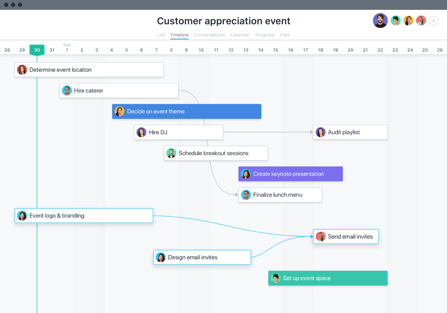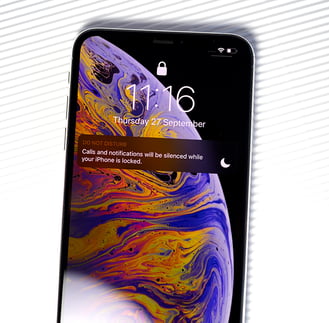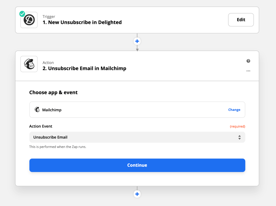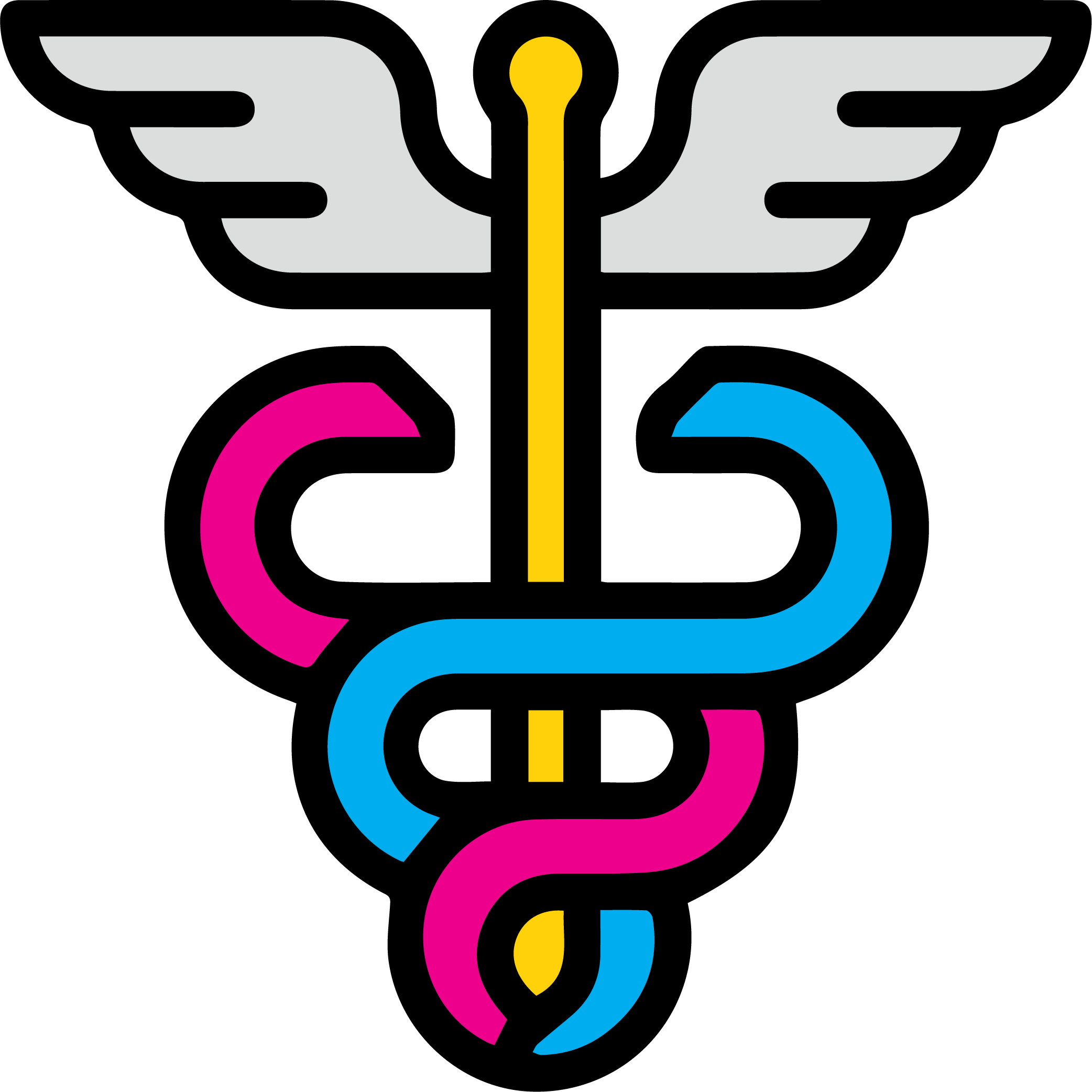Updated: April 11, 2023
Boost Productivity With These Simple Tricks to Work Smarter, Not Harder

You're sitting at your desk, staring at your never-ending to-do list, feeling overwhelmed and stressed out. You've been working for hours, but still haven't made a dent in your workload. Sound familiar? We've all been there.
But what if I told you that the mindless grind isn't the answer? Sometimes, working harder causes more problems than it solves, leading to burnout without much to show for it. Instead, working smarter is the key to unlocking your full potential and increasing your productivity in the workplace.
There is a whole world of smart work habits and strategies designed to help you save time and energy in the office. From setting realistic goals and prioritizing tasks to eliminating distractions and taking breaks, this blog will explore a range of practical tips and techniques that can help you stay on track and accomplish more each day.
So, whether you're a busy executive running a company, an office manager overseeing a team, or a full-time employee with a mile-long to-do list, you’ll benefit from learning how to work smarter, not harder. Get ready to take your productivity to the next level!
How To Increase Productivity: Work Smarter, Not Harder
Being busy is not the same thing as being productive — it’s often the opposite; it adds stress and frustration to your day without giving you anything to show for it. I mean, if you literally ran small circles around your desk for hours each day holding a stack of papers, you would be busy for hours and feel exhausted at the end of your workday — and you would have accomplished absolutely nothing.
Staying busy doesn’t mean you are constructive or efficient. You want to focus on increasing efficiency and staying focused on the most important tasks at hand.
Here are ten ways you can get more accomplished in your workday.
Set Your Priorities
Write down a list of everything you want to accomplish for the day. Prioritize tasks and set clear daily goals so you know exactly what’s on your plate. Use a "SMART" framework when setting goals to ensure your task list is specific, measurable, achievable, relevant, and time-bound.
 Before you leave work for the day, identify what your most important task is for the day and set up your workspace so you can dive right into that task the next morning. Always know how your tasks rank for the day based on their level of importance and urgency.
Before you leave work for the day, identify what your most important task is for the day and set up your workspace so you can dive right into that task the next morning. Always know how your tasks rank for the day based on their level of importance and urgency.
A written task list works well, but a project management tool (like Asana or Trello) can help you stay even more organized and on track. You can plan out your workload days or weeks in advance. By focusing on the most important tasks first, you'll be able to stay productive and avoid getting bogged down by less pressing matters.
Hone Your Focus
Did you know that you can’t truly multi-task? Science says you’ll get far more done if you focus on one task at a time instead of forcing your brain to bounce back and forth between tasks.
Use time-blocking or the Pomodoro technique to stay focused and manage your time effectively.
- Time-blocking means breaking up your day into measured blocks of time that are filled with related tasks. Simply block off chunks of time each day or week for completing specific batches of activities, such as checking emails, invoicing clients, prepping for meetings, or working out. While some blocks might be shorter (30 minutes or an hour), others could last for a much larger chunk of your day. This method works well if you prefer task batching and don’t want to schedule out each individual to-do list item on your calendar.
- The Pomodoro technique involves breaking your work into 25-minute intervals, with a 5-minute break in between each interval. This method can help you stay focused and increase your productivity by giving your brain regular breaks to rest and recharge. Rather than focus on accomplishing a whole task, the item you check off your to-do list becomes 25 minutes of intense focus on one task. This time-based method can be really helpful if you are working on a large project that isn’t likely to be completed in one sitting, like creating a quarterly report or conducting an audit.
Eliminate Distractions
 Minimize distractions by turning off notifications and closing out tabs that aren’t related to your current task. Constant interruptions from apps, emails, and social media can break your focus and decrease productivity.
Minimize distractions by turning off notifications and closing out tabs that aren’t related to your current task. Constant interruptions from apps, emails, and social media can break your focus and decrease productivity.
Consider turning off notifications for non-essential apps and dedicating specific blocks of time to check in on email or social media. This way, you can stay focused on the task at hand without getting distracted by notifications or alerts.
Are you in charge of other employees? Eliminating distractions also includes canceling those meetings that could just as easily be an email. Be careful not to disrupt your team’s workflow by demanding interaction throughout the day that isn’t necessary. When you do hold meetings, keep them focused and avoid letting them drag with repetition or sidetracked discussion.
Celebrate Small Wins
You should feel good about what you accomplish throughout your day. Split large tasks into smaller, more manageable pieces to avoid feeling overwhelmed. Celebrate every time you get that small part done.
Maybe you’ve heard the saying, “How do we eat a whale? One bite at a time.” Long or complex jobs can feel overwhelming and cause subconscious procrastination. Instead, break them down into smaller, more manageable steps that you can accomplish one at a time.
This approach can help you stay motivated and make progress without feeling overwhelmed. Task management tools, such as Todoist or Wunderlist, can help you break down big jobs into bite-sized tasks.v
Hand Off Tasks
 Pass along tasks when possible to free up time for higher-priority work. Sometimes, it’s easier to just handle things yourself, but this leads to wearing too many hats and spreading yourself too thin. Take the time to teach someone else how to take on smaller jobs.
Pass along tasks when possible to free up time for higher-priority work. Sometimes, it’s easier to just handle things yourself, but this leads to wearing too many hats and spreading yourself too thin. Take the time to teach someone else how to take on smaller jobs.
Delegation also involves assigning tasks to other team members who are better suited to handle them. By handing off tasks, you can free up your time for jobs that require your attention and ensure that tasks are completed efficiently and effectively. Project management tools, such as Basecamp or Teamwork, can help you collaborate, delegate tasks, and track progress.
Take Brain Breaks
The average brain can only focus for about 45-55 minutes at a time before it really needs a break. If you want to improve your productivity, you need to plan to take regular breaks throughout your day. (And this doesn’t mean turning to your smartphone to browse social media for five minutes.)
Get up from your desk to stretch or walk around to reduce physical and mental fatigue.
Sitting at a desk for long periods of time isn’t good for your body or mental health. To combat this, use your breaks to get up from your desk and move around. Intentional movement can help reduce physical tension and increase blood flow to the brain, which can improve mental clarity and productivity.
To give your brain a real break, do something that doesn’t require the same tools (i.e., screens) or cover the same topic as the work you were just focused on. And get out of the environment during your break too! Your break might include practicing mindfulness, eating your lunch, drawing a fun doodle, taking a walk, or reading a chapter of a book you’ve been working on.
Did you know that fresh air and sun also improve your focus, increase your energy level, and boost your mood? So consider taking at least one or two of your daily breaks outside to get more vitamin D and increase your serotonin levels!
Automate Redundant Tasks
 Use automation tools and shortcuts to streamline redundant tasks and save time. Repetitive tasks — like data entry, scheduling appointments, or generating reports — can be time-consuming and tedious.
Use automation tools and shortcuts to streamline redundant tasks and save time. Repetitive tasks — like data entry, scheduling appointments, or generating reports — can be time-consuming and tedious.
Automation tools such as Zapier or IFTTT can help automate repetitive tasks and save time. You can also use keyboard shortcuts or macros to perform common tasks more quickly and efficiently. And creating templates for your most common documents or emails can save you time on communications.
Start Outsourcing
Not all tasks require your personal attention or expertise. Outsource repetitive jobs, like bookkeeping, payroll, IT support, or back-filing scanning, to save time and reduce workload. Outside vendors and contractors can help you accomplish these tasks faster and more effectively, allowing you to focus on areas where your time is better utilized.
When outsourcing, be sure to do your research, choose reputable vendors, and clearly define the scope of work and expectations to ensure a successful partnership.
Optimize Your Digital Filing System
 Set up a solid document management workflow to improve organization and collaboration. How you handle your files greatly impacts your ability to be organized and efficient. Poorly organized documents can lead to confusion, inefficiency, and wasted time.
Set up a solid document management workflow to improve organization and collaboration. How you handle your files greatly impacts your ability to be organized and efficient. Poorly organized documents can lead to confusion, inefficiency, and wasted time.
To create a solid document management workflow, consider using a cloud-based document management system. Teach your team how to store and share documents securely, organize files, track changes, and collaborate with other team members in real time. Use standardized naming conventions and file structures to ensure consistency and make it easier to find and access documents.
Standardize Your Print Ecosystem
Are you struggling to navigate a haphazard print environment that’s unpredictable and doesn’t offer consistency or control? It’s not necessarily about choosing the right brand; you need printers, devices, and software that work together to give you accurate insights and the power to drive better outcomes.
Inconsistent printing processes and non-standardized workplace ecosystems can lead to wasted time, money, and resources. To avoid this, standardize your printer fleet by working with experts who understand the options and take time to learn about your company’s needs. Set printing policies and guidelines for employees to help reduce waste and improve efficiency.
Get a Business Technology Assessment
Do you know how to improve your workflows and optimize document management? UBEO helps you reduce costs and save time by using the right technology for your business.
Our experienced team offers the innovative technology solutions and personalized service you need to reach new levels of efficiency and productivity. Schedule a consultation today with UBEO to learn how you can streamline your work environment.



